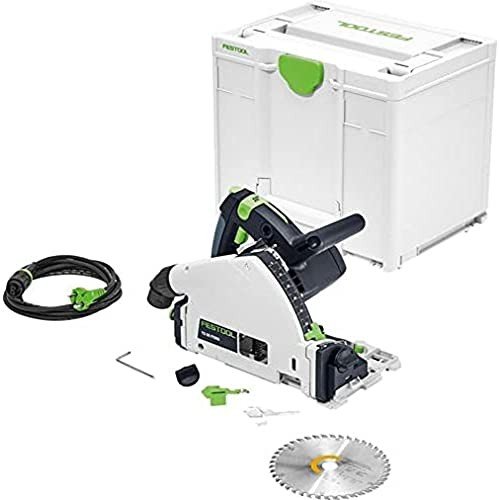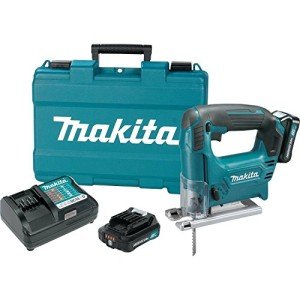The Reason Why You're Not Succeeding At Power Tool Sale
페이지 정보

본문
 Power Tool Sales and Marketing Strategies for B2B Retailers
Power Tool Sales and Marketing Strategies for B2B RetailersPower tools are a staple for both professional and consumer use. The demand for power tools on line is at or close to pre-pandemic levels despite a slowdown owing to the COVID-19 outbreak in 2021.
In terms of outlet dollar share, Home Depot leads all outlets in power tool sales. Lowe's is not far behind. Both are competing with power cheap tools uk manufactured in China.
Tip 1: Make a Brand Commitment
Many manufacturers of industrial products put more emphasis on sales and marketing. This is because the long-term selling process involves a lot of back and forth communication as well as a detailed understanding of the product. This type of communication does not allow for emotional consumer marketing tactics.
But, companies that produce industrial equipment should reconsider their marketing strategy. The digital age has raced past traditional companies that rely on a few retailers and distributors to sell their products.
Brand loyalty is a major element in the sale of power tools. If a customer is committed to a brand, they will be less sensitive to communications from competitors. They are also more likely to purchase the products of the brand they are loyal to and to recommend them to friends and family.
To make a successful impact in the United States market, you must have an organized strategy. This includes adapting your tools to meet local requirements and positioning your brand in a strategic way, and leveraging marketing channels and distribution channels. Collaboration with local authorities and associations, as well as experts is also crucial. When you do this you can be sure that your power tools comply with the country's regulations and standards.
Tip 2: Be aware of Your Products
Retailers must be aware of the products they offer particularly in a market that places such a high value on the quality of the product. This will enable them to make informed choices about what they can offer their customers. This knowledge can make the difference between a successful or bad sale.
For instance, knowing that a tool is best suited to specific projects will help you connect your customer with the best tool for their needs. This will allow you to build trust and loyalty with your customers. This will help you feel confident that you provide the complete service.
Understanding DIY culture trends can also aid in understanding the needs of your customers. For instance, a rising number of homeowners are taking on home renovation projects which require power tools. This can result in a surge in sales of power tools.
According to Durable IQ, DeWalt leads in power tool share of 16%, although Ryobi and Craftsman brands have seen their share decline year-over-year. Despite this sales in stores and online power tools are on the increase.
Tip 3: Offer Full-Service Repair
The majority of consumers purchase power tools to repair the broken one or tackle an upcoming project. Both of these tools offer opportunities for upsells or additional sales.
According to the Home Improvement Research Institute (HIRI) 2020 Tracking Study of Power Tool Uk Tools and Accessories 35 percent of all power tools power tool purchases are the result of planned replacements. The customers might require additional accessories, or upgrade to a higher-performing model.
Your customer may have experience in DIY or is new to the hobby, they will need to replace carbon brushes, drive cords and power cords of their power tools in time. These essentials will ensure that your customer reaps the maximum benefit from their investment.
Technicians consider three key items when buying power tools the application, the way it will be powered and safety. These factors aid technicians in making informed decisions about the best tools to use for their repairs and maintenance tasks. This allows them to optimize the efficiency of their tools as well as lower the cost of ownership.
Tip 4: Keep Keeping Up With Technology
For instance, the latest power tools feature smart technology that improves the user experience and sets them apart from competitors that still rely on old battery technology. B2B wholesalers who stock and sell these devices can increase sales by targeting professionals and contractors who are tech-savvy.
Karch's business, which has more than 30 years of experience and a 12,000 square foot department for tools is a testament to the importance of keeping current with the latest technologies. He states that manufacturers are constantly changing their product designs. "They used hold their designs for 5 or 10 years but now they are changing them each year."
In addition to embracing latest technologies, B2B wholesalers should also focus on improving existing models. By incorporating lightweight materials as well as adjustable handles, wholesalers can reduce fatigue due to prolonged use. These features are crucial for many professionals who must make use of the tools for long periods of time. The market for power tools is divided between professional and consumer groups. This means that the major players are constantly working to improve their designs and create new features to appeal to a wider market.
Tip 5: Create a Point of Sales
The ecommerce landscape has changed the power tool market. Modern methods for data collection allow professionals in the field to get an entire overview of market trends and help them develop strategies for inventory and marketing more effectively.
Point of sale (POS) data for instance, allows you to track the types of projects that DIYers are working on when purchasing power tools and other accessories. Knowing the types of projects that your customers are working on allows you to offer add-on sales and opportunities to upsell. It helps you anticipate your customers' needs to ensure that you have the right products in your shelves.
You can also use transaction data to determine market trends, and adjust production cycles in line with these trends. For example, you can use this data to monitor changes in your brand's and retail partner market shares which allows you to align your product strategies with consumer preferences. POS data can also be utilized to optimize inventory levels, reducing the risk of overstocking. It is also used to evaluate the effectiveness of promotions.
Tip 6: Create a Point of Service
Power tools are a tangled, high-profit market that requires a substantial amount marketing and sales effort to remain competitive. In the past, getting an advantage in this market was accomplished by establishing prices or positioning of products. But these methods are not as effective in the current omnichannel environment where information is readily communicated.
Retailers who focus on service are more likely to retain customers and build brand loyalty. Mike Karch, president of Nue's Hardware and Tools in Menomonee Falls, Wisconsin, operates a 12,000-square-foot department for power tools. Initially, his department featured a sampling of brands, but when he listened to customers who were contractors and found that the majority were brand loyal.
Karch and his staff ask their customers what they would like to accomplish using a tool before showing them the options. This gives them confidence to recommend the most effective tool for the job and builds trust with the customer. Customers who know their product are less likely to blame their supplier for a malfunctioning tool during the course of work.
Tip 7: Become a guru in customer service
The power tool market has become a highly competitive category for retailers of hardware. The retailers that are successful in this category tends to be more committed to a single brand than to carry a variety of brands. The size of the space that a retailer needs to devote to the category may also affect the amount of brands it is able to carry.
Customers often need assistance when they come in to buy a power tool. Whether they are replacing an old one damaged or undertaking an upgrade project clients require expert guidance from sales associates.
Mike Karch, president of Nue's Hardware and Tools in Menomonee Falls, Wisconsin, says his sales staff is educated to ask the right questions to help make the sale. He says they begin by asking the buyer what they plan to do with the item. "That's the most important factor to consider when deciding what kind of tool to offer them," he adds. Then, they inquire about the customer's experience with different types projects and the project.
Tip 8: Make sure to make mention of your warranty
The warranties of power tool manufacturers differ greatly. Some manufacturers offer a comprehensive warranty, while others offer more limited warranties or do not cover certain tools. Before purchasing a tool, it is crucial that the retailer understands the distinctions. Customers will only purchase tools from companies that will guarantee their products.
Mike Karch is the president of Nue's Hardware and Tools, located in Menomonee, Wisconsin. He has a 12,000 square foot power tool department and a repair shop on site that repairs 50 different lines of tools. He has learned over the years that many of his contractor customers are loyal to their brands, which is why he prefers to focus on the most popular brands rather than carry a sampling of different products.
 He also appreciates that his employees get one-on-one time with vendors to discuss new products and share feedback. This personal contact is crucial because it helps build trust between the customers and employees. Good relationships with suppliers can even result in discounts on future purchases.
He also appreciates that his employees get one-on-one time with vendors to discuss new products and share feedback. This personal contact is crucial because it helps build trust between the customers and employees. Good relationships with suppliers can even result in discounts on future purchases.- 이전글A Startling Fact About Gold In Germany Uncovered 24.12.28
- 다음글Cheap school essay ghostwriting services usa 24.12.28
댓글목록
등록된 댓글이 없습니다.

